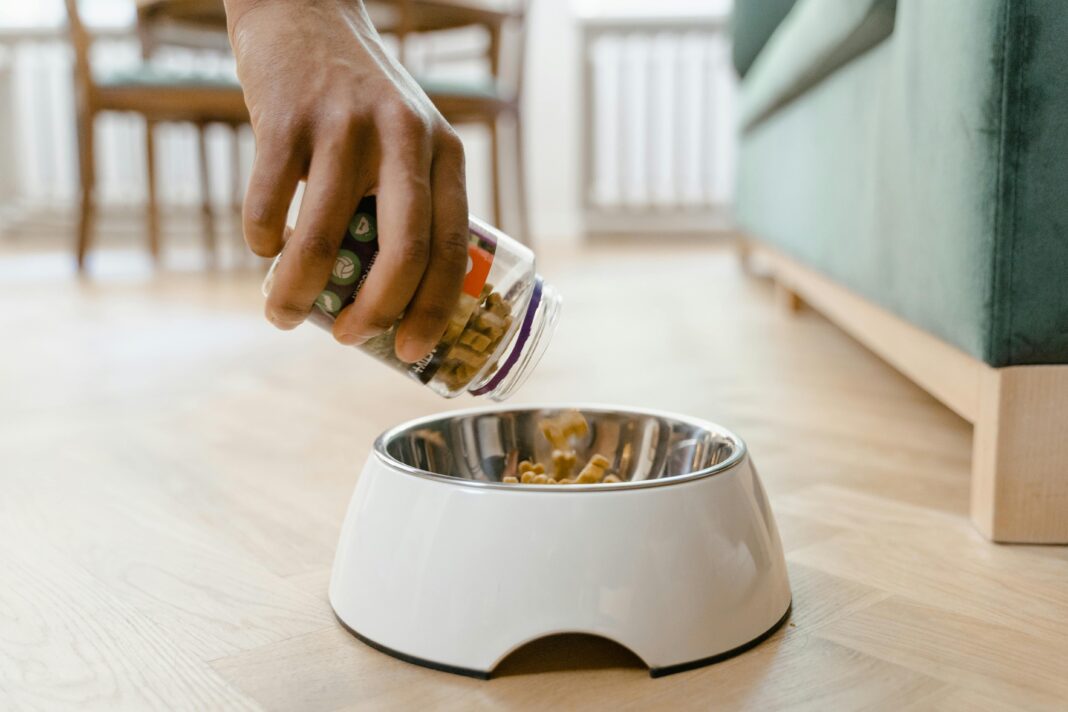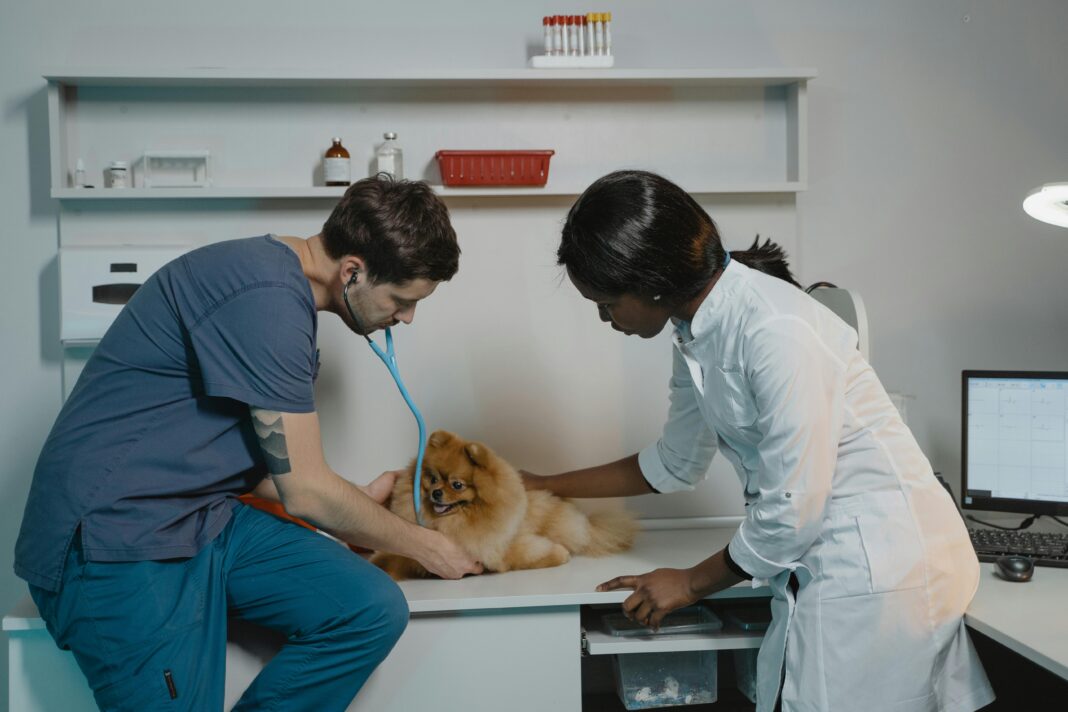Transitioning your pet to a new food can seem daunting, but with the right approach, it can be a smooth process. Ensuring a safe transition is crucial for maintaining your pet’s health and well-being. Here are 10 essential tips to help you navigate this change effectively.
1. Consult Your Veterinarian
Before making any changes to your pet’s diet, it’s always best to consult your veterinarian. They can provide personalized advice based on your pet’s current health status, age, and dietary needs. Your vet may recommend specific brands or formulations that align with your pet’s health conditions or lifestyle.
2. Understand the Reasons for the Change
Identify the reasons for switching your pet’s food. Whether you’re addressing allergies, seeking better nutrition, or catering to a specific health condition, understanding the motivation behind the change can help you choose the right alternative and tailor the transition accordingly.
3. Choose the Right New Food Gradually
When selecting a new food, take the time to research and choose a high-quality product that meets the nutritional needs of your pet. Look for foods that list real meat as the primary ingredient and avoid fillers. Gradually introduce the new food to allow your pet’s digestive system to adapt.
4. Make the Switch Gradually
To minimize digestive upset, always transition to new food gradually. A good rule of thumb is the 75/25 method:
-
- Days 1–2: Mix 25% of the new food with 75% of the old food.
-
- Days 3–4: Mix 50% of the new food with 50% of the old food.
-
- Days 5–6: Mix 75% of the new food with 25% of the old food.
-
- Day 7 and beyond: Feed 100% new food.
Adjust the timeline based on your pet’s tolerance. If any gastrointestinal distress occurs, slow down the transition.
5. Monitor for Symptoms
During the transition, keep a close eye on your pet for any signs of discomfort or digestive issues, such as vomiting, diarrhea, or excessive gas. If you notice any concerning symptoms, consult your veterinarian immediately for advice.
6. Stay Hydrated
Ensure your pet has access to fresh water throughout the transition. Hydration is key, as changes in diet can affect your pet’s digestive health. Encourage your pet to drink water, especially if there are changes in bowel movements.
7. Incorporate Treats Wisely
If your pet loves treats, consider using the new food as a reward. This not only helps your pet associate the new food with positive experiences but can also ease the transition. Just make sure the treats are consistent with the new diet to avoid added confusion.
8. Create a Routine
Pets thrive on routine. Giving feedings at the same time each day can create a sense of normalcy during the transition. Consistent feeding schedules can also help regulate your pet’s digestive system as they adapt to their new food.
9. Provide Positive Reinforcement
Using positive reinforcement can make the transition smoother. Praise your pet or give them extra attention when they show interest in the new food. This approach can help alleviate any anxiety, making mealtimes a more enjoyable experience for both you and your pet.
10. Be Patient and Flexible
Finally, remember that every pet is different, and some may adapt to new foods faster than others. Be patient throughout the process and flexible in your approach. If your pet continues to face difficulties after a week or two, it may be necessary to revisit the type of food or consult your veterinarian for further guidance.
Transitioning your pet to a new food doesn’t have to be stressful. By following these essential tips and remaining attentive to your pet’s needs, you can ensure that the switch enhances their health and happiness. Adjust the methods as necessary to best fit your individual pet, making the journey as smooth as possible.





